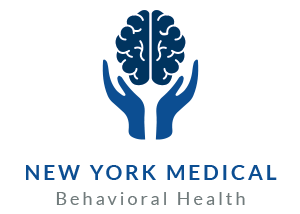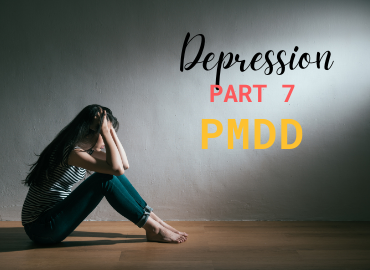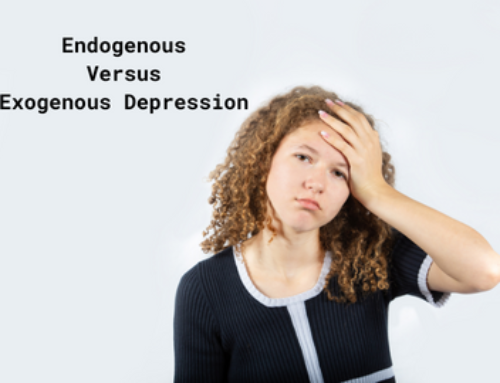What is PMDD?
PMDD stands for Premenstrual Dysphoric Disorder. This is a condition that causes significant mental and physical upset before women (we’ll use this general term for our purposes today) and AFAB individuals in their reproductive years begin their menses.
Statistical studies indicate that about 1 in 20 women globally suffer from PMDD, and the number is likely higher. PMDD is often misconstrued as PMS, and there is a significant amount of stigma and ignorance around these issues.
Symptoms of PMDD
PMDD can have its root causes in past trauma or genetic predisposition but can also affect sufferers for no apparent reason. One unique thing about PMDD is that it typically begins in one’s early to mid-twenties, unlike PMS, which can start early or late and be regular or irregular.
Symptoms of PMDD include:
- Irritability, tension, and a constant fight-or-flight state.
- Deep depression and feelings of hopelessness
- Feelings of guilt and low self-worth, particularly with knowledge of the stigma surrounding menstrual disorders.
- Mood swings that can occur multiple times a day.
- Physical ailments like headache, breast tenderness, hypersomnia, fatigue, and more.
Sufferers can develop suicidal ideation from the pain of PMDD, and some turn to substances for relief, especially when the disorder is not recognized or properly cared for. According to this study, the average woman with untreated PMDD will lose about 3 years of life that would otherwise be of much better quality.
How To Help Someone with PMDD
One of the best things to do to help someone close to you with PMDD is to be kind to them and believe them. Being dismissive and making a PMDD sufferer feel invalid is the opposite of helping. Make sure that they know that they can trust you. Encourage them to visit the doctor for help, not to “find out what’s wrong with them.” Antidepressants, hormone treatments (like contraceptives), dietary changes, and cognitive behavioral therapy (CBT) have proven helpful for many sufferers of PMDD.
Regaining Your Quality of Life
One of the first steps to getting help is to believe oneself. Take note of what symptoms occur, when they set in, and how they affect everyday life. Contact us with any questions, and always be sure to see a general physician first to explore causes and get recommendations.





